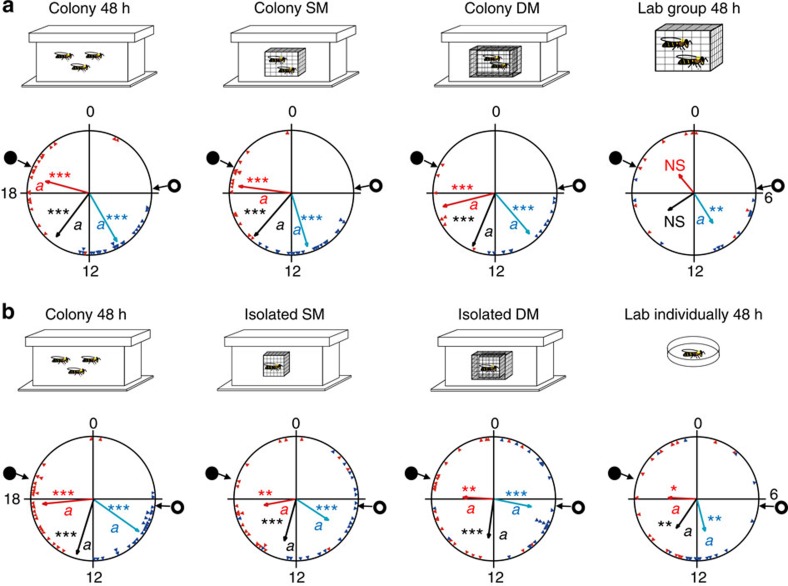Figure 4. Direct contact with other bees is not needed for entrainment by the colony environment.
(a) Representative circular statistics for callow bees from colony H2. ‘Colony SM'—young bees that were caged in a SM enclosure together with 30 sister bees inside a field-foraging colony before being monitored individually in constant laboratory conditions. ‘Colony DM'—same as Colony SM but the enclosure had two meshes that were 1.5 cm apart. The open and filled circles on the perimeter delineate the time of sunrise and sunset, respectively. The blue and red triangles depict the onset and offset for individual bees, respectively. The blue, black and red vectors (arrow) pointing from the centre towards the perimeter show the average time for the onset, median and offset, respectively. Vector length corresponds to the extent of phase coherence. Asterisks in matching colours correspond to the P-value obtained from a Rayleigh test for phase coherence (*0.01<P<0.05, **0.001<P<0.01 and ***P<0.001). The median for each bee (points for individual bees are not shown) was calculated as the midpoint between the onset and offset. Vectors sharing the same colour across different plots, and which are marked with different small letters, are significantly different in a Watson-Williams F-test with Bonferroni post-hoc tests across experimental groups. Sample sizes are 28, 24, 18 and 14 for ‘Colony 48 h', ‘Colony SM', ‘Colony DM' and ‘Lab group 48 h', respectively. (b) Same as in a but each newly emerged bee was caged individually in a SM or DM enclosure in the colony. Repetition with bees from colony H11. Sample sizes are 25, 22, 24 and 16 for ‘Colony 48 h', ‘Isolated SM', ‘Isolated DM' and ‘Lab individually 48 h', respectively.

